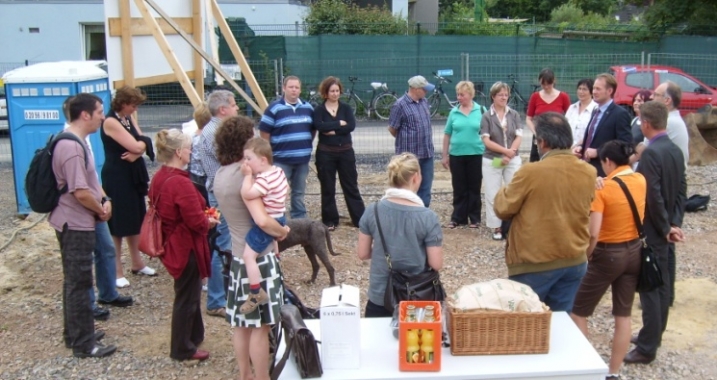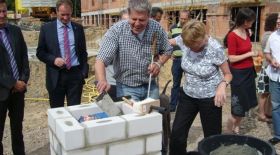Learning from each other: Young and old living together
Scanning innovation in housing policies (3/3)
Europe, 24 July 2014 | Social, Urban, Economy
A community-based approach to the development of intergenerational housing cooperatives could teach new lessons on how different age groups can benefit from living together.
By Eduard Cabré Romans
Examples of intergenerational housing cooperatives where elderly people live together with young adults in order to help each other have existed in most European countries for some years now, based on different schemes. A community-based approach to the development of intergenerational housing cooperatives could teach new lessons on how different age groups can benefit from living together.
More effective management of ageing-related risks through housing can promote longer, healthier and more independent ageing, while having a positive impact on the cost of healthcare policies for both the families and the public authorities. Intergenerational solidarity should be based on the need to rebuild family-like links at the community level in order to fight isolation, loneliness and vulnerability, while respecting the private life of each individual.
Read MoreExamples on how to respond to the needs of older people and on the importance of community solidarity in the field of housing can be found around Europe. In some cases, elderly people share their dwellings with young people. In others, they live in different apartments within the same block. In both cases the relation is based on a mutually beneficial agreement, in which the youngsters contribute with their time and strength to the everyday life of older people, and have access to affordable housing in exchange. That is the case of the intergenerational housing estate promoted by the municipal land and housing company VIVA in the Spanish city of Valladolid, where public authorities and the university got together in order to provide a common housing solution for old people and college students.
Other intergenerational projects target specific groups within the population. In Houten (the Netherlands), the welfare organization Stichting Timon and the housing corporation Habion created housing for young mothers and seniors. In this case, the main goal was to help the young mothers to build their independence through a constructive community environment. Another interesting case is that of the Belgian region of Wallonia, where the Walloon Housing Fund (FLW) has promoted family loans aimed at allowing low income households to house elderly relatives in their dwelling.
Most interestingly, community-led approaches are increasingly being implemented by housing providers (see also scanning innovation in housing policies 1/3 and 2/3), where active participation of future users plays a central role both in the design of housing projects and in its later management. That is the case of the Saving and Building Association eG Dortmund, which promotes the involvement of its members during the design and the development of the dwellings, as well as a user-oriented management model. By doing so, developers find innovative solutions to improve the projects while making the users jointly responsible for the management, therefore achieving a more efficient and user-friendly functioning of the cooperative.
Intergenerational housing aims at strengthening social cohesion and fighting isolation of elderly people and other vulnerable groups. This innovative model is spreading in different countries in response to new demographic trends. Community-led projects can be a way to respond to the local needs of specific communities and a way of managing housing estates using the cooperative governance model. A lesson to be learned is that all successful examples have external support from local authorities or other public organisations, showing the need for public involvement if this model is to be generalized and potentially used in different socio-economic contexts.
Eduard Cabré Romans is a researcher at the European Social Housing Observatory of CECODHAS Housing Europe.


Leave comments